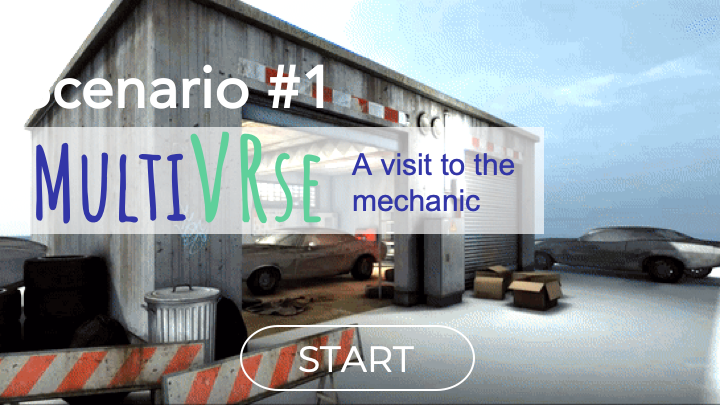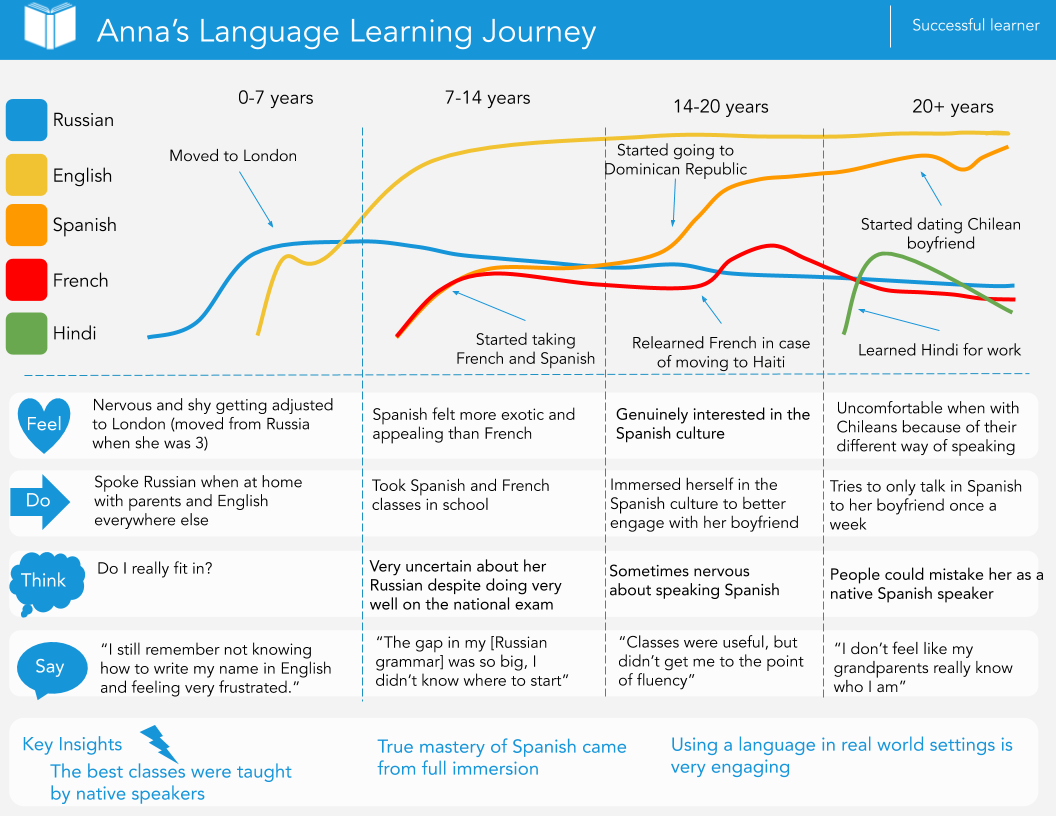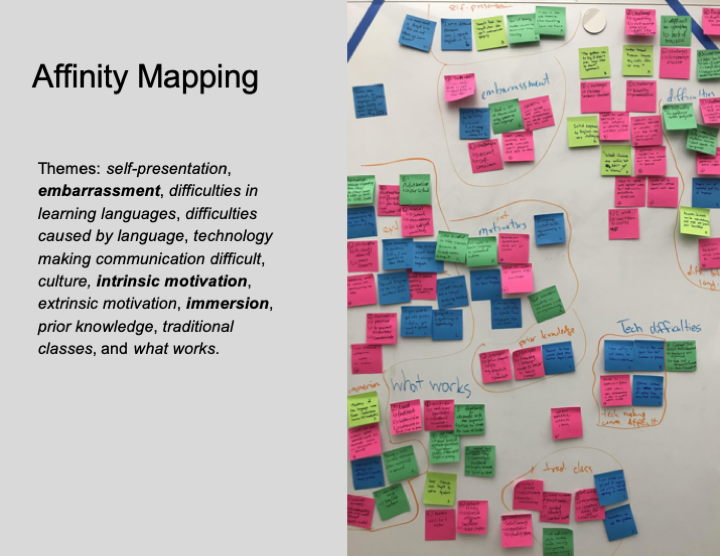Welcome to the
MultiVRse
A VR world that immerses a user in realistic, culturally aware, scenarios with AI-powered language support tools that evoke nuanced and goal-oriented language learning experiences.
Learn More
A VR world that immerses a user in realistic, culturally aware, scenarios with AI-powered language support tools that evoke nuanced and goal-oriented language learning experiences.
Learn More
Language Learning in VR
Language Learning in VR
Condition 1 - users are told they are conversing with an AI.
Condition 2 - users are told they are conversing with a human behind the scene.
In both conditions users are allowed to use any technologies they would normally use to help them communicate.
Users are then given a situational prompt, and the time they need to get prepare for engaging in a conversation.
Users are then directed to put on the VR headset and emergence themselves in the situation we designed for them. The task is to accomplish the goals we set for them by conversing with a virtual character.
The best out there

HCI, AI & Design

Education & VR

Education & Design

VR & NLP

We first designed a paper based prototype to test assumptions about how a user migh engage with our solution.
We tested this with 4 participants who were asked to touch the screen as if it were a real application

In this prototype, we focused on testing the usability of the system, the naturalness of our AI agent's script.
We also used this as an opportunity to understand what language tools learners use when communicating, a key question for the final research experiement we are developing
We developed this prototype using Oculus Go
At this point, we pay close attention to the data we are collecting and add a pre and post survey to our experimental task flow.
Our final deliverables, in addition to a fully working VR application, were a final presentation and poster.
Our step by step process of human centered design:
We found that vocabulary plays a big part in English learning and is the prerequisite for further learning, but learning vocab is not a very engaging process. We decieded to dig further into this insight.

Our POVs for users learning a new language focused around goal orientation and cultural immersion being key motivations for language practice.

Before implementing VR, we prototyped the English conversation experience using chatbot interface, role-play with 2D images. The empahsis was on testing the situation prompt so that it mimic real conversational experiences.

We asked out fellow classmates to test our VR application and find opportunities for improvement
There were many suggestions that we found important, or easy to fix.
We conducted more tests on our final prototype and here's what we learned:
